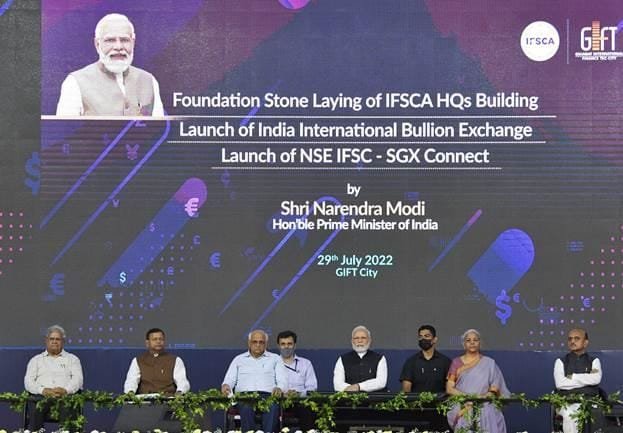Policy implementation remains sub-par
The Goods and Services Tax (GST) regime in India will not significantly reduce the deficits of Indian state governments, according to a report by S&P Global Ratings.
“The passage of the GST bill in 2017 is the biggest development affecting the Indian fiscal framework in recent years. This major overhaul of tax structure will help to widen the tax base and improve revenues of state governments,” said S&P Global Ratings credit analyst YeeFarn Phua in the report “Public Finance System Overview: Indian States,” published 6 May 2019.
“However, states will continue to run large deficits because a significant part of this imbalance is from the expenditure side. States are unable to cut expenditures because of large and growing expenditure mandates for the social sector as well as capital spending. Therefore, the revenue-expenditure gap will remain large,” said Phua.
Further, policy implementation remains sub-par in India, the report notes.
Policymakers have been encountering teething problems with the implementation of GST.
Additionally, though the structure is far more simplified than the previous sales tax structure, it remains one of the more complicated GST regimes globally.
Another significant development in recent years has been the adoption of an amended Fiscal Responsibility Management (FRBM) Act, which forms the fiscal framework, in March 2018, noted the report.
Under the amended FRBM Act, the government will target a debt-to-GDP ratio of 60% with the split being 40:20 for central government and states.
Further, the government will use fiscal deficit as the key operational target, according to the report.
A key risk from this amended FRBM framework is that states can meet the overall fiscal deficit goal while reducing their productive spending, given the absence of an entity like a fiscal council to enforce strong discipline.
Importantly, the FRBM committee lacks the authority to mandate its core recommendations, believes the report.
S&P Global Ratings notes that the institutional framework for Indian states is evolving and unbalanced, with a stable trend.
This assessment reflects the following strengths:
Established track record of extraordinary support from the central government;
Well defined structures for distribution of powers between the central and state governments; and
Unified independent judiciary interprets laws.
S&P has also factor in the following weakness:
Structural deficits due to persistent revenue expenditure mismatch.
Unequal state representation in parliament marginalizes small states’ interests.
Transparency is good but accountability is weak.
The report does not constitute a rating action, said S&P. fiinews.com










